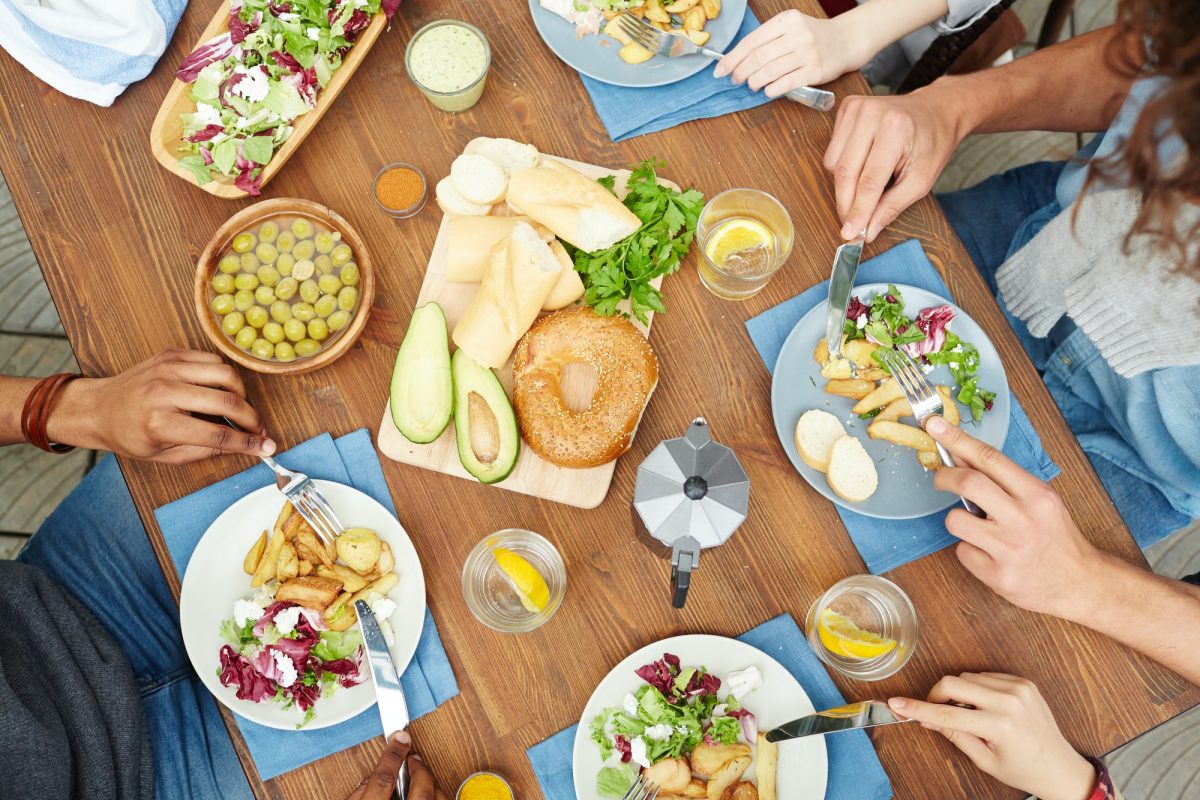Etiquette is all about how we interact with others. The whole point of practicing good etiquette is to put everyone at the same level, make everyone comfortable in all situations. How do YOU contribute to this? What is your role? It SHOULD be your goal to do all you can to create positive and respectful experiences for all parties. So, how do you do this? Here is some mental stimulation:
- Being thoughtful is almost all it takes to show that you care and that you are trying to be respectful of others.
- Realize your impact on the environment and people around you.
- Pay attention and feel the goodness of the world you are in.
- Recognize that many different lives are lived within a community and that the goal is to be inclusive.
- Create safe spaces for everyone to be heard and to be themselves.
- Participate pleasantly and thoughtfully in interactions with others as best you can.
- Practice understanding and compassion when receiving the thoughts, opinions, and experiences of others.
Wouldn’t it be nice, if the world was just a bit kinder, a bit nicer, a bit more pleasant? Well, YOU have everything to do with that. By keeping these mental stimulants in mind and in practice, not only would you be contributing your goodness to society, but you will be modeling appropriate demeanor for those in your presence.
I welcome your thoughts on this topic.










